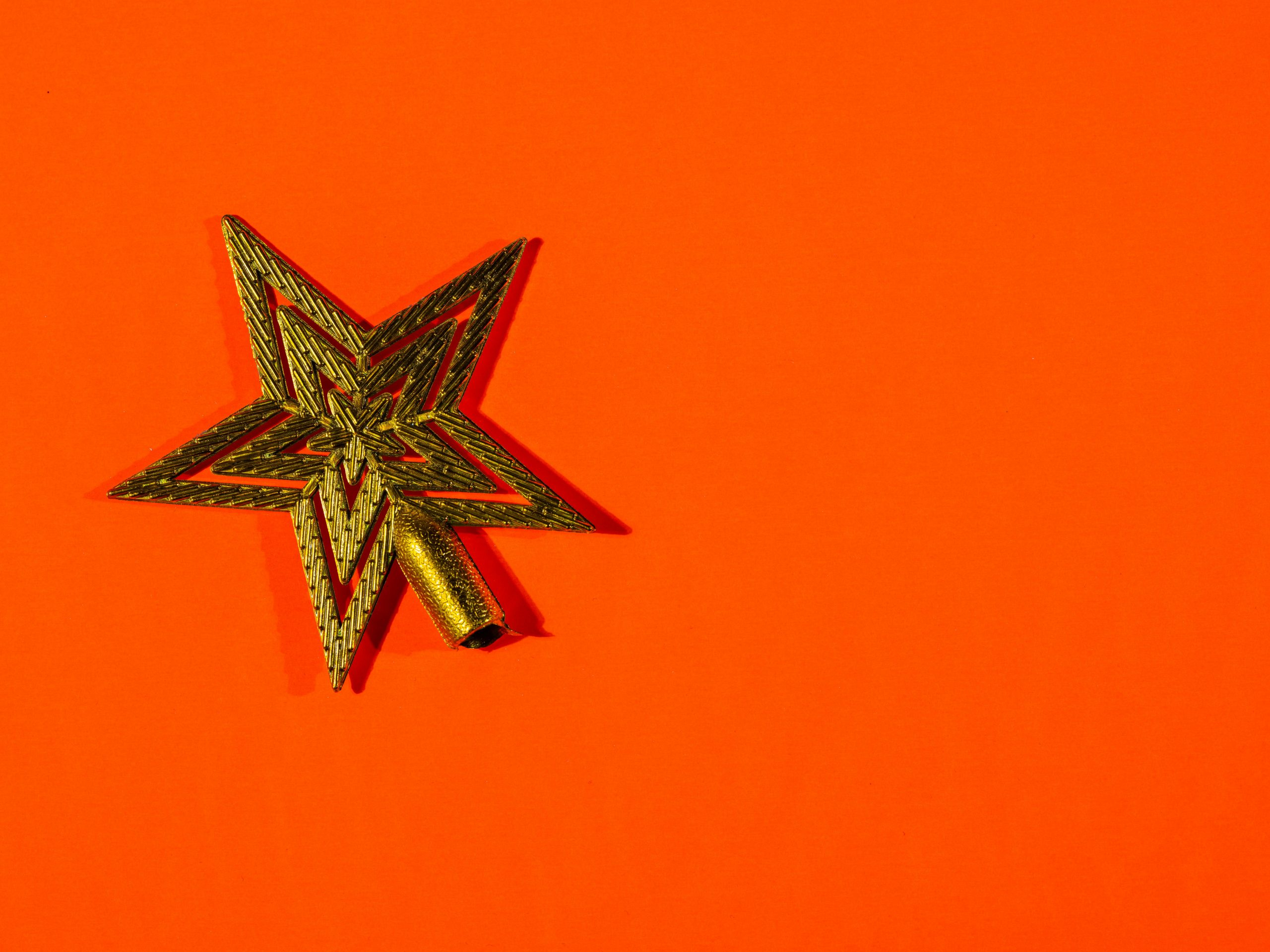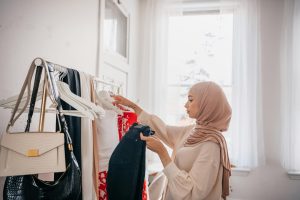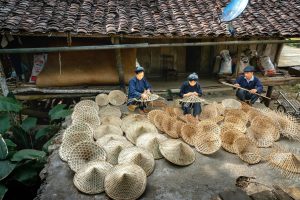Designer collaborations showcase traditional and modern crafts
The world of fashion has always been a space of collaboration and innovation. Designers constantly push boundaries, exploring new techniques and incorporating diverse traditions into their work. In recent years, there has been a surge of designer collaborations that showcase traditional and modern crafts. These partnerships have not only created visually stunning pieces but have also elevated the stories and artistry behind these crafts. Let’s take a closer look at how these collaborations are bridging the gap between traditional and contemporary fashion.
Fusing Old and New: The Rise of Designer Collaborations
The fashion industry is no stranger to collaboration. From high-fashion collaborations like H&M x Balmain to fast-fashion partnerships like Target x Lilly Pulitzer, designers have been teaming up to create unique and popular collections for years. However, in recent times, we have seen a shift towards collaborations that go beyond just the fusion of two brand names.
These new collaborations not only bring together different brands but also different cultures, traditions, and techniques. For instance, designers have been teaming up with artisans and craftsmen from different parts of the world to create unique collections that celebrate traditional crafts while adding a modern twist.
The Intersection of Traditional and Modern Fashion
Designer collaborations that showcase traditional and modern crafts not only create beautiful pieces of fashion but also promote and preserve traditional techniques and practices. These partnerships often provide a platform for underrepresented artisans and communities, allowing them to share their stories and artistry with a wider audience.
Take, for example, the collaboration between Italian luxury brand Missoni and the Wayuu indigenous community in Colombia. The Wayuu tribe’s traditional crochet technique, known as “susu,” was used to create a limited edition collection of bags that sold out within days. This collaboration not only brought attention to the Wayuu community’s craftsmanship but also brought economic opportunities to the tribe.
The intersection of traditional and modern fashion is also evident in the collaboration between designer Manish Arora and Auroville, an international township in India known for its sustainable living. The collection showcases traditional Indian fabrics and techniques like hand-embroidery, block printing, and tie-dye, combined with modern silhouettes and designs. This partnership not only celebrates India’s rich textile heritage but also promotes sustainable and ethical fashion practices.
Preserving Traditional Crafts Through Collaboration
Designer collaborations that highlight traditional crafts not only bring these practices into the limelight but also play a crucial role in preserving them. In today’s fast-paced fashion industry, traditional techniques and craftsmanship often take a backseat to mass production and fast fashion. Collaborations that incorporate these traditions not only provide economic opportunities for artisans but also help keep traditional practices alive.
One prime example of this is the collaboration between luxury fashion brand Erdem and master wax print designer Vlisco. This partnership celebrated the rich history and artistry behind wax prints, a traditional African fabric. This collaboration not only exposed Western audiences to the beauty of wax prints but also brought attention to the importance of preserving this craft in the face of mass-produced imitations.
A Step towards Diversity and Inclusivity
In the world of fashion, diversity and inclusivity have been hot topics in recent years. Designer collaborations that showcase traditional and modern crafts not only diversify the fashion landscape but also promote inclusivity by giving a platform to underrepresented communities and cultures.
The collaboration between Japanese designer Yohji Yamamoto and Irakli Rusadze, founder of the Georgian brand Situationist, is a great example of this. The collection showcased traditional Japanese silhouettes made with traditional Georgian fabrics, bringing two cultures together and celebrating diversity in fashion.
The Future of Designer Collaborations
The rise of collaborations that showcase traditional and modern crafts is a testament to the growing interest in sustainable and ethical fashion. These partnerships highlight the importance of preserving traditional techniques and promoting ethical practices in the fashion industry. While we have seen some impactful collaborations in recent times, it is only the beginning. The future holds endless possibilities for bridging the gap between traditional and modern fashion through collaborations.
In conclusion, designer collaborations that showcase traditional and modern crafts have not only created beautiful pieces of fashion, but they have also sparked important conversations about the sustainability, diversity, and inclusivity of the fashion industry. These partnerships not only showcase the best of both worlds but also have a positive impact on the communities and traditions they represent. As fashion continues to evolve, we can only hope to see more meaningful and impactful collaborations that bring cultures and traditions together, creating a more diverse and inclusive fashion landscape.










